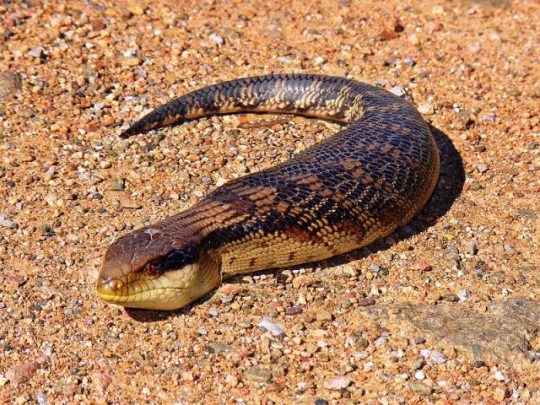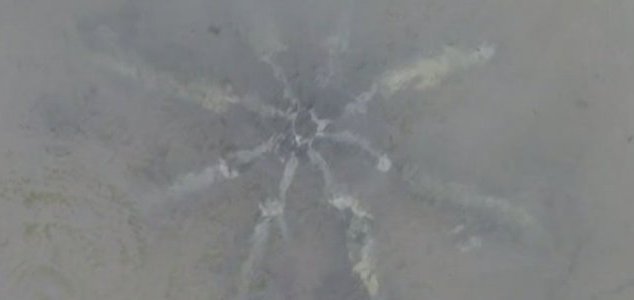Page Contents
What is the Hammerhead worm?
Bipalium is loosely called “hammerhead worm” or “broadhead planarian” because of hammer-like shape on their ventral side. These flat head worms are known as toxic terrestrial flatworms.
The length of this planarians varies between 5 cms to 20 cms. In some species, they can even grow up to 50 cms.
Where Is The Hammerhead Worm Found?
Hammerhead worms are mostly found in South East Asia and Indian Subcontinent, mainly in countries such as Sri Lanka, Bangladesh, Maldives, and Nepal. Some of the species of Hammerhead worms are considered invasive to the United States and Europe(1). Now, most of them got well established in North America.
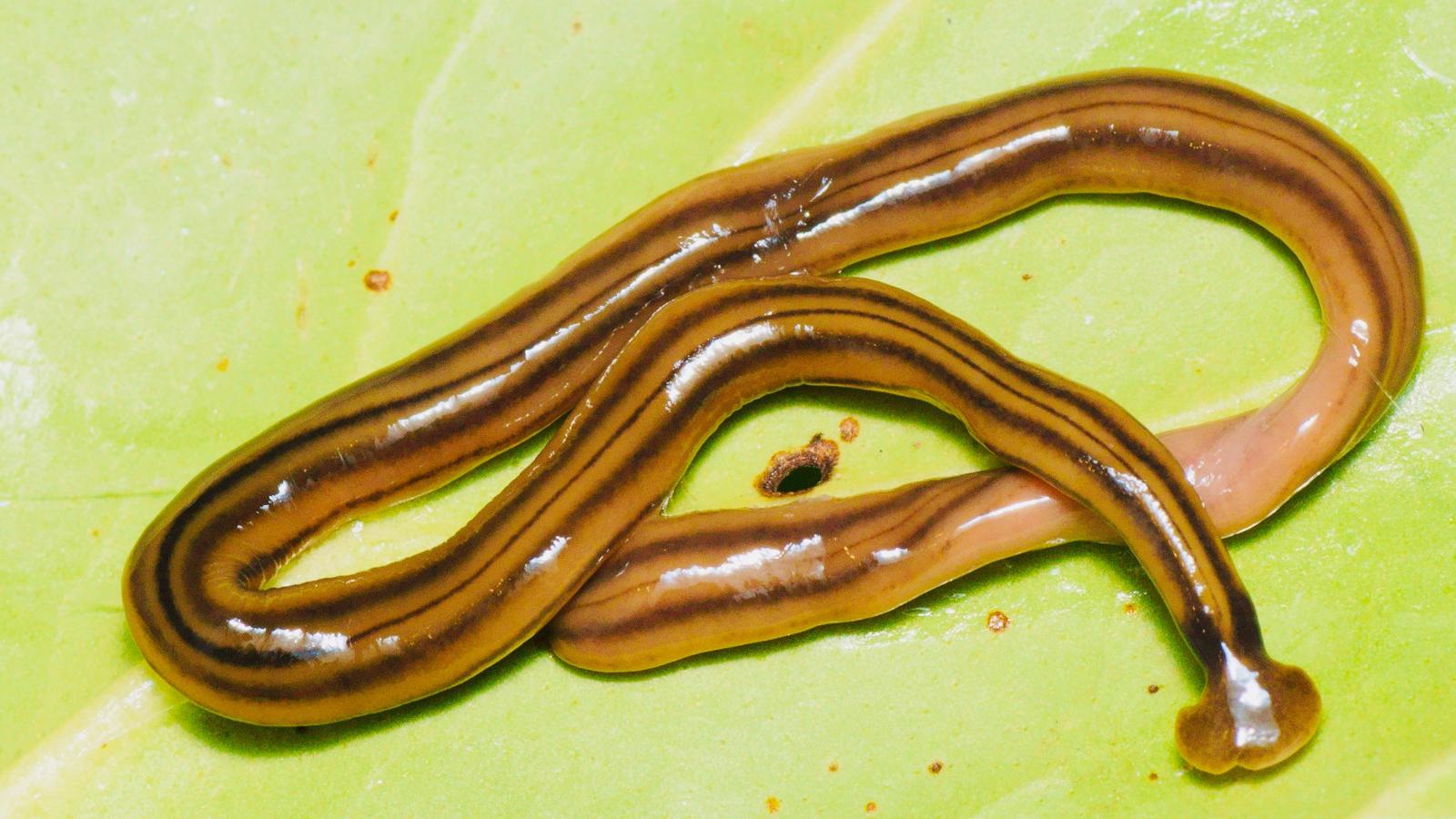
Related Stories:
Tsuchinoko – Mysterious Snake Like Creature in Japan
The Facts And Myths Behind The Immortal Phoenix Bird
Snake Island in Brazil – Ilha da Queimada Grande
Food & Diet of Hammerhead Worm:
Bipalium is predatory. They prey on earthworms, small insects, larvae, and also each other. Flatworm follows the earthworm trail and then capture it using its muscles and secrete sticky secretion. Once they make their prey immobilized, they bring out their pharynx and secrete digestive enzymes all over.
This enzyme dissolves the earthworm’s body, and then this flatworm starts sucking the liquified tissue into its body. As the body of the earthworm is in a liquid state, most of the part of the digestion process in Bipalium is carried outside of its body.
They can store food in vacuoles. This stored food can keep Bipalium survive for several weeks. Hammerhead worms also cannibalize its tissues for food.
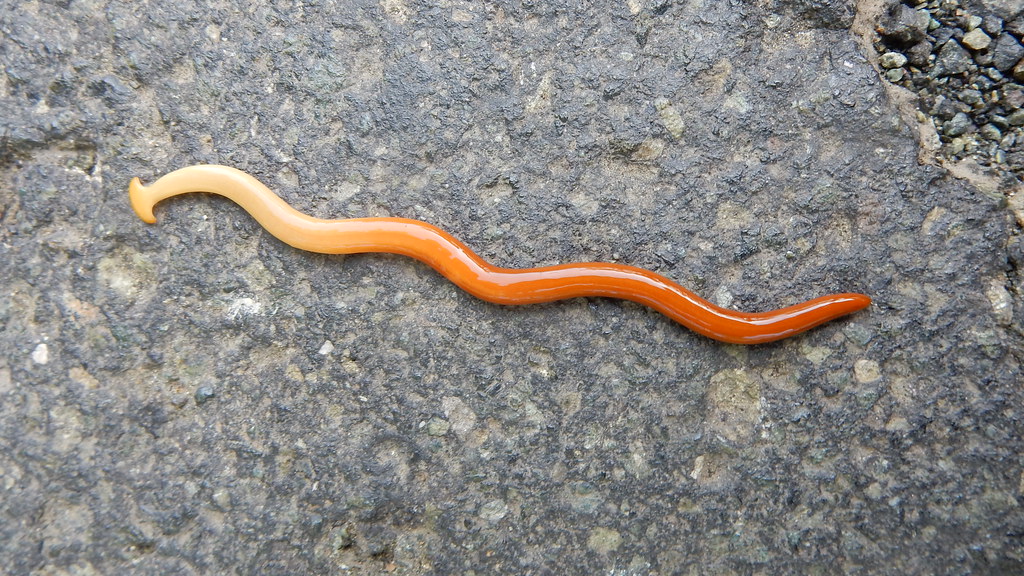
Reproduction in Hammerhead Worm:
All species of Hammerhead worms are Hermaphroditic. Hermaphroditic possess both ovaries and testes. Reproduction in the hammerhead worm could be asexual or sexual. In sexual reproduction, Biplalium exchanges its gametes with another flathead worm via secretions. This gamete further fertilize and develop egg inside the body of a hammerhead worm. After three weeks, eggs are fertilized and hatched.
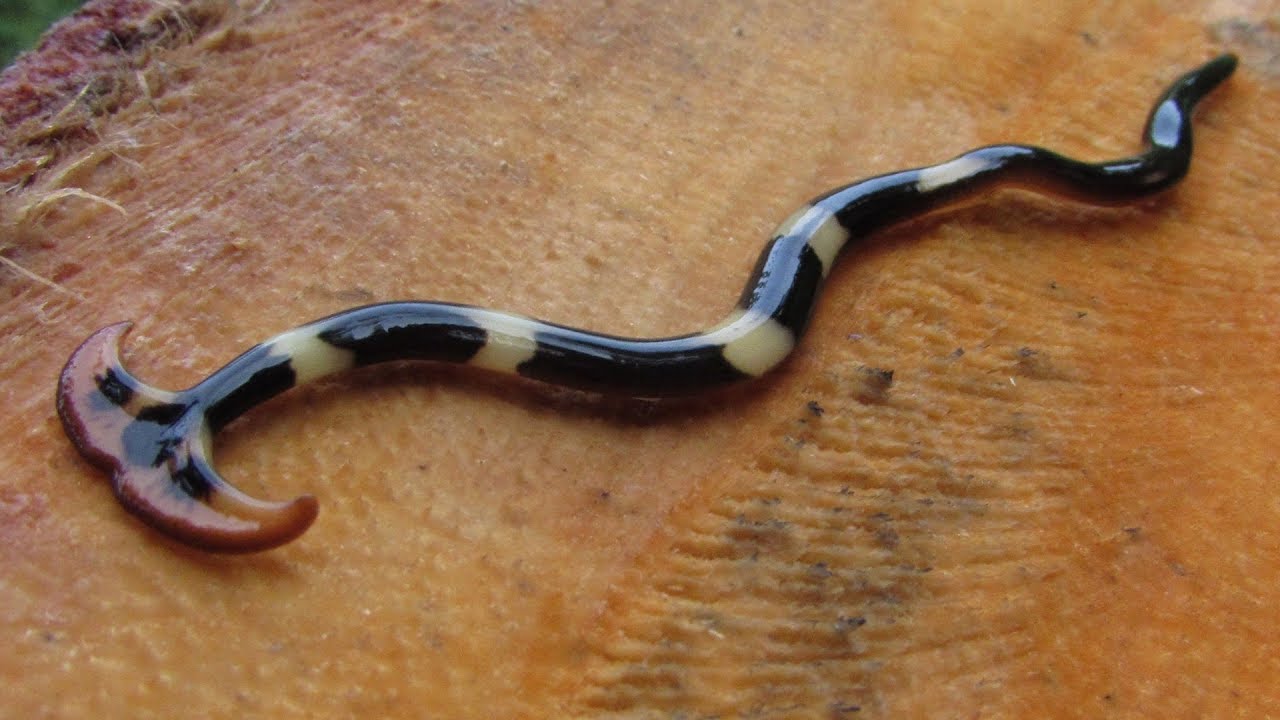
In Bipalium, asexual reproduction is more common compared to sexual reproduction. Like other planaria animals, hammerhead worms are essentially immortal. Asexual reproduction is its primary reproductive strategy in temperate regions. Also, most of the worms cannot develop sexual organs. The juveniles of this species have different coloration from adults.
Do Hammerhead Worms Have Neurotoxin Venom?
Yes, Hammerhead Worms do have neurotoxin. This planarian contains a neurotoxin named as Tetrodotoxin. Tetrodotoxin is used by Bipalium to immobilize their prey. It is also found in pufferfish, Starfish, Ocean Sunfish, and fresh crab.
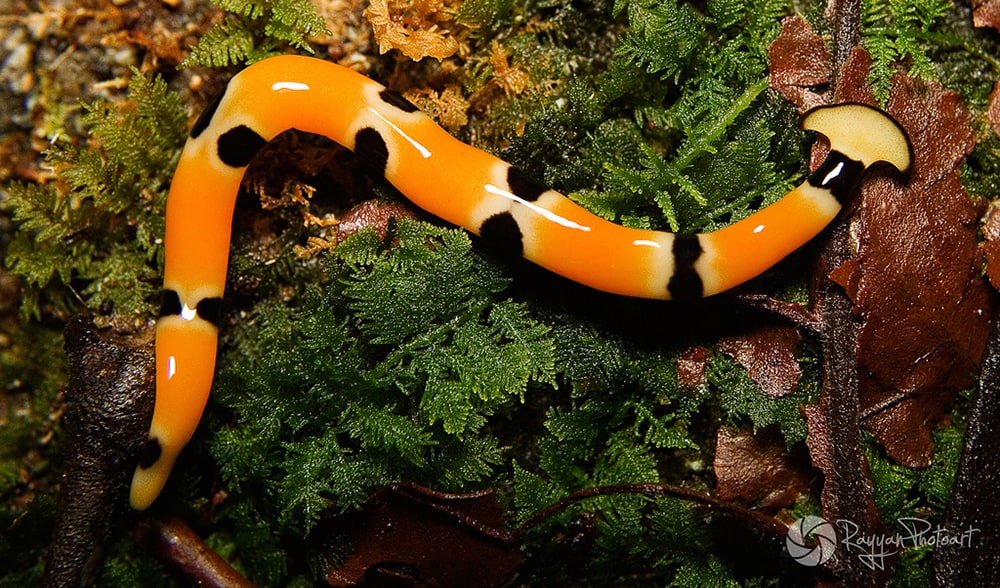
Interesting Facts about Hammerhead worm:
- Hammerhead Worms have Half Moon shaped head.
- Their mouth also acts as an anus.
- They have a mouth but not on the side of the hammer-like head. Instead, they have their mouth in the middle of their underside of the body.
- Hammerhead worms are considered as pests for the farmers because they predate on earthworms. Earthworms are known as “Friend of Farmers.”
- Bipalium is the first terrestrial invertebrates in which potent neurotoxin Tetrodotoxin is found.

Quick Facts About Hammerhead Worms:
Scientific Name:Bipalium sp.
Kingdom: Animalia.
Other Names:“Hammerhead Worms” or “Broadhead Planarians.”
What Makes Hammerheads Special: Hammer-like shape on their ventral side.
Food: Small insects, snails, mainly known for eating earthworms and each other.
Lifespan:Essentially immortal.
Habitat:Mostly prefer a humid and moist environment.
Interesting Feature:You cannot kill a hammerhead worm by cutting it into half, as from those two parts, two hammerhead worms will grow.



